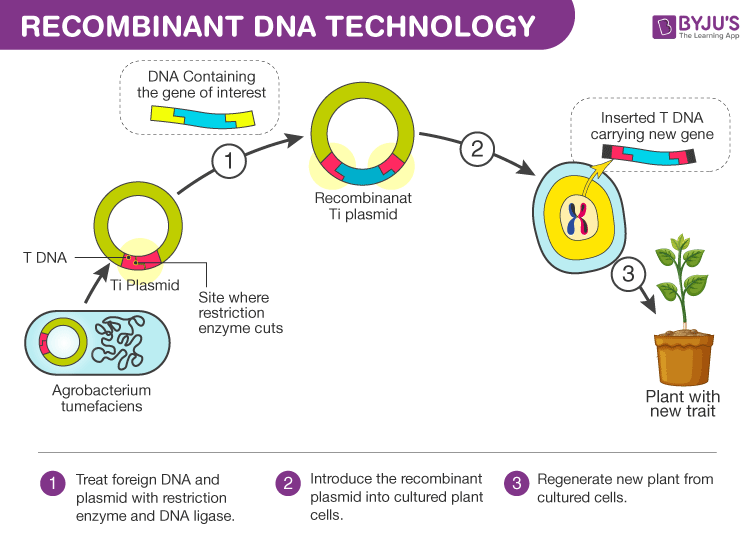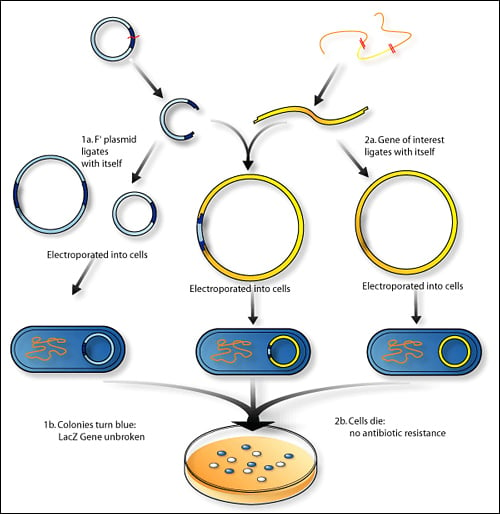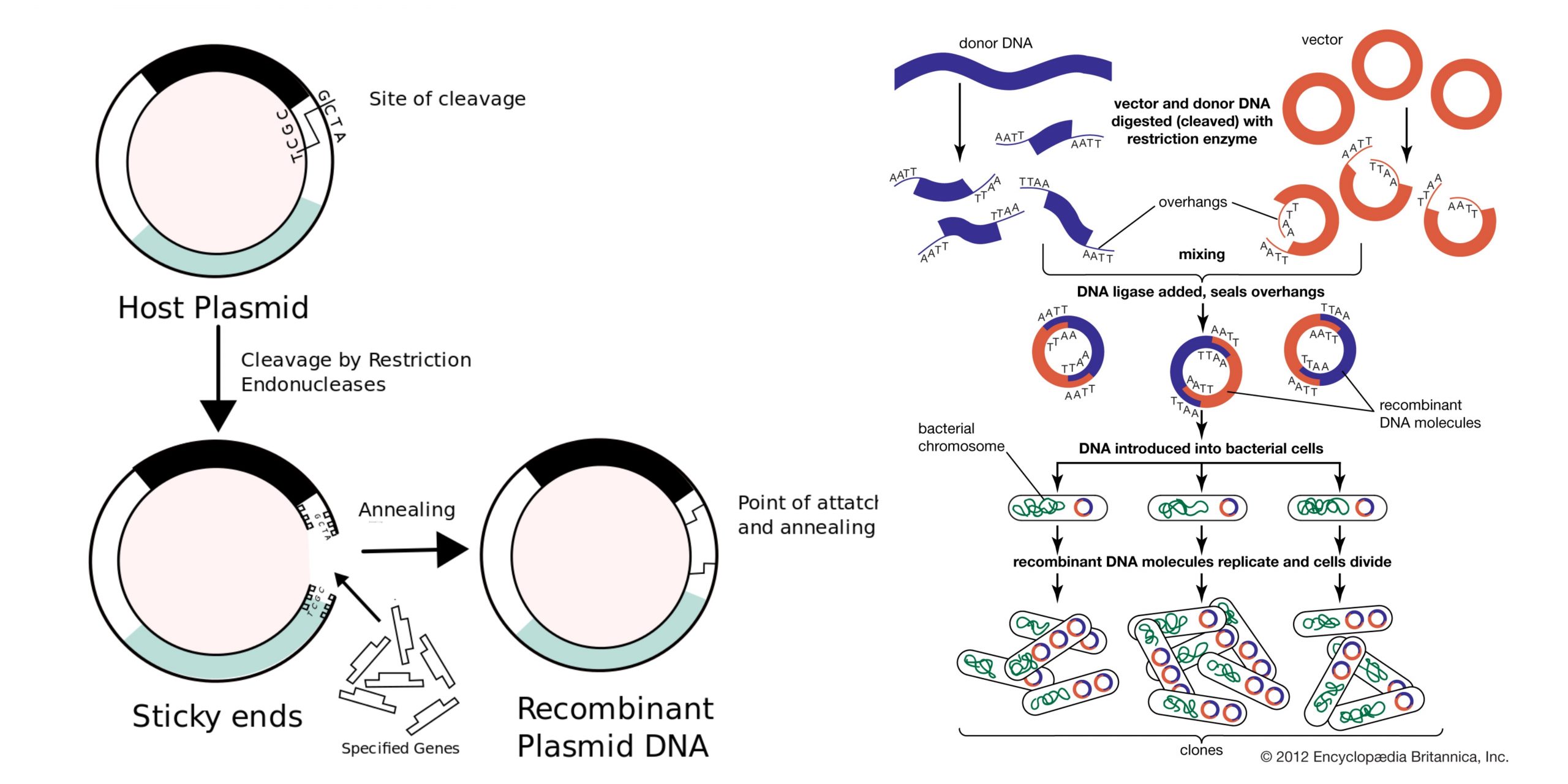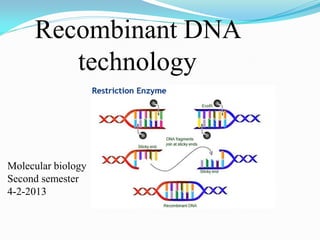Describe One Difference Between Pcr and Recombinant Dna Technology
DNA is a long polymer made from repeating units called nucleotides each of which is usually symbolized by a single letter. Comments will be used to improve web content and will not be responded to.

Recombinant Dna Technology Introduction History Procedure And Appli
The next two chapters describe the techniques and strategies used to obtain genome sequences.

. In all species it is composed of two helical chains bound to each other by hydrogen bonds. The structure of DNA is dynamic along its length being capable of coiling into tight loops and other shapes. Data was processed using the CIRCLE-seq analysis pipeline and aligned to the human genome Hg19 GRCh37 with parameters.
Either A T C or G. Employedrequired to perform the test from sample. First time possible biohazards of recombinant DNA technology publicly discussed.
Among the methods most commonly used for HBV DNA quantification including hybrid capture and branched DNA bDNA signal amplification 19-21 35 assays based on real-time PCR technology offer the greatest sensitivity and broadest linear dynamic range 9 32. The first step in transcription is initiation when the RNA pol binds to the DNA upstream 5 of the gene at a specialized sequence called a promoter Figure 2a. This technology utilizes three oligonucleotides in the PCR mix.
In most of the cases the results in a sufficient quantity for the. For testing tagmentation activity of Tn5 on RNADNA hybrids by quantitative polymerase chain reaction qPCR tagmentation products purified as above 100X-diluted was firstly strand-extended with 032 Uμl Bst 30 DNA Polymerase NEB and 1X AceQ Universal SYBR qPCR Master Mix Vazyme at 72C for 15 min and then Bst 30 Polymerase was inactivated at. First recombinant DNA generated.
This is achieved by monitoring the amplification. Reverse transcription polymerase chain reaction RT-PCR is a laboratory technique combining reverse transcription of RNA into DNA in this context called complementary DNA or cDNA and amplification of specific DNA targets using polymerase chain reaction PCR. DNA hydrogels have unique properties including sequence programmability precise molecular recognition stimuli-responsiveness biocompatibility and biodegradability that have enabled their use.
Even with the most sophisticated technology it is rarely possible to obtain a sequence of more than about 750 bp in a single experiment. As long as the US. A probe labeled with a fluorescent.
Following PCR samples were loaded on a preparative 1 agarose gel and DNA was extracted between the 300bp and 1kb range to eliminate primer dimers before sequencing on an Illumina MiSeq. Describe the technology of the test and how this technology works to identify the measurand ie the test principle the instruments reader. DNA sequencing is obviously paramount among these techniques but sequencing has one major limitation.
It is primarily used to measure the amount of a specific RNA. EMBO 1 Oct 1972. Is under a state of emergency things like PCR tests and COVID-19 vaccines are allowed under emergency use authorization.
After approximately 30 cycles of PCR the DNA region flanked by the primer will be amplified a billion-fold. And as long as the emergency use authorization is in effect the makers of these experimental gene therapies are not financially liable for any harm that comes from their use. Janet Mertz and Ronald Davis published first easy-to-use technique for constructing recombinant DNA showed that when DNA is cleaved with EcoRI a restriction.
In bacteria promoters are. This means that the sequence of a long DNA.

Recombinant Dna Technology Definition Steps Applications

Recombinant Dna Technology Steps Application Tools And Limitations

No comments for "Describe One Difference Between Pcr and Recombinant Dna Technology"
Post a Comment